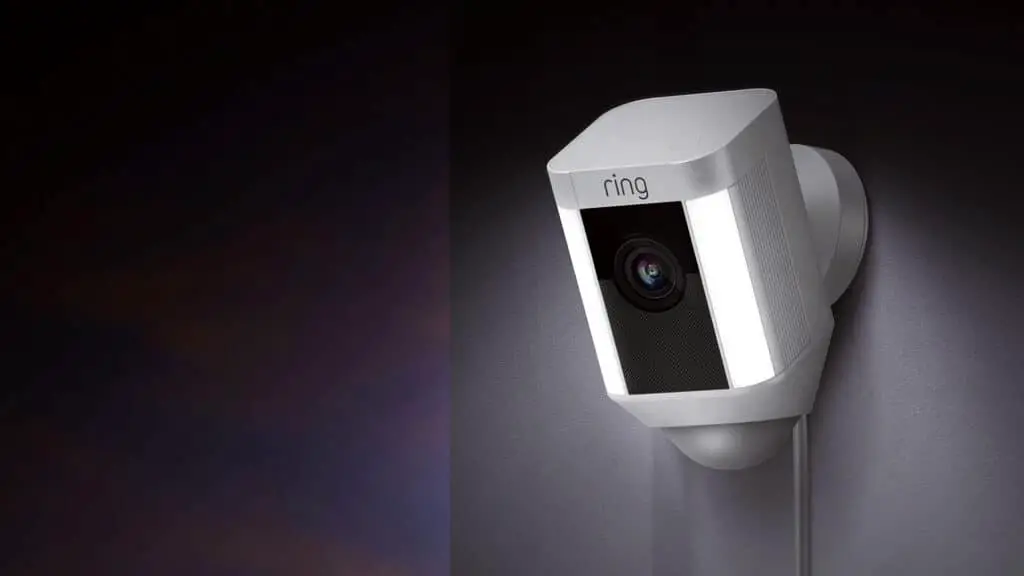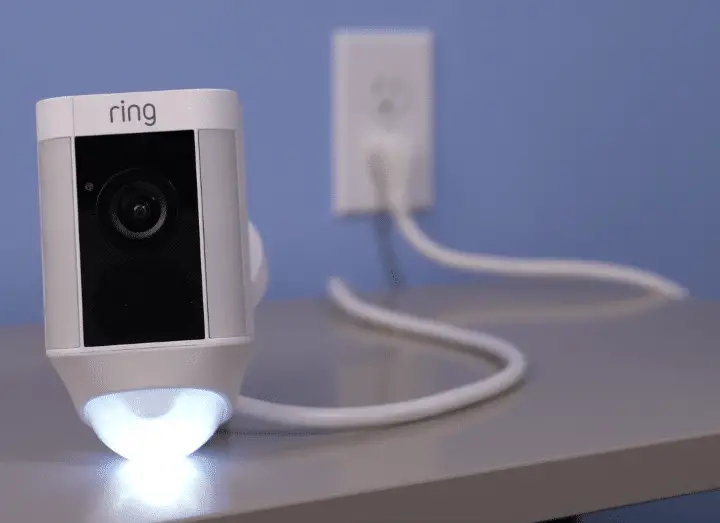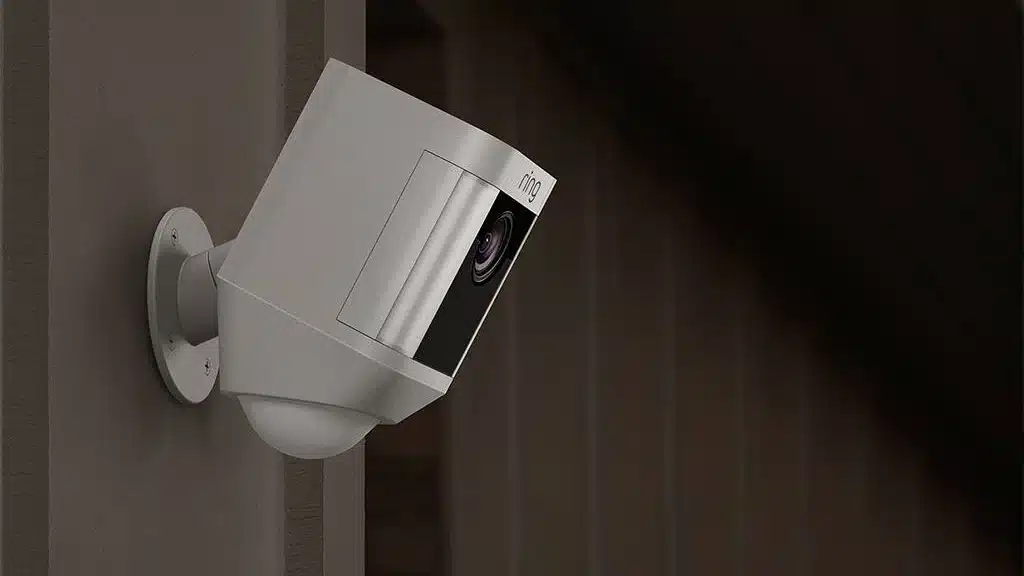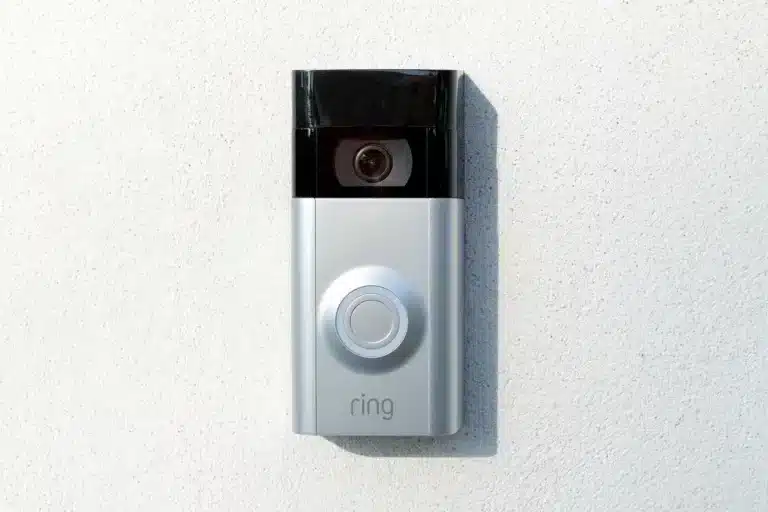Introduction
Does Ring Camera Record All The Time: In recent years, the widespread adoption of smart home security devices has revolutionized the way we protect our homes and loved ones. Among these innovative technologies, Ring cameras have emerged as one of the most popular choices, offering users peace of mind through remote monitoring and real-time alerts. With their ease of use and integration into smart home ecosystems, these internet-connected cameras have gained immense popularity among homeowners and renters alike.
However, along with the convenience and security benefits they offer, questions have arisen regarding the privacy implications and surveillance capabilities of Ring cameras. One of the most common concerns is whether Ring cameras record all the time, constantly monitoring and storing data without users’ knowledge or consent. This uncertainty has sparked heated debates about the balance between security and privacy in the digital age.
By delving into the technical aspects of these devices and analyzing the company’s policies and user agreements, we will unravel the truth behind the perception that Ring cameras may be perpetually capturing and storing video footage. Additionally, we will discuss the measures that Ring has implemented to address privacy concerns and give users more control over their camera’s recording settings.

Does a Ring camera record continuously?
Ring Cameras and Doorbells do not support continuous or 24/7 recording. Your Camera will record when motion is detected, or when the Live View is activated. Subscribing to the Ring Protect plan unlocks access to video recording, as without a plan you can only access the Live View.
Users wanting to balance security and privacy in their smart homes have wondered if a Ring camera records continuously. Understanding Ring camera functionality and design is essential to answering this question. Ring cameras don’t record continually, despite popular belief. These smart security gadgets save battery life and storage space by recording motion.
Ring cameras automatically capture motion-triggered events. This might be a package delivery, passerby, intruder, or animal. Ring app or linked device users can access the camera’s cloud storage to view the footage. Camera settings and motion duration affect clip length. Some Ring camera users may mistake motion-triggered recordings for continuous surveillance, especially in busy areas.
How do I get my Ring to record all the time?
To record for as long as motion is detected, choose Auto. The length of your recordings will vary with this setting. For a fixed-length time, disable Auto and choose 50, 60, 90, or 120 seconds.
Ring cameras do not record constantly by default since it would quickly fill storage space and exceed cloud storage data plan limits. There are many ways to record your Ring camera continuously, however they may have drawbacks:
The Ring Protect Basic or Plus subscription includes continuous video recording. Ring cameras record and preserve footage 24/7 with this plan. The Basic plan supports one device, while the Plus plan supports all Ring cameras in one region. Your subscription level may limit video retention, so read the terms and conditions.
Integration with third parties
Ring cameras may support continuous recording with third-party apps. These apps connect to your camera’s stream and save footage to a server or storage device. However, such methods may breach your warranty and may not be officially approved by Ring.
DIY Fixes
Tech-savvy individuals have invented DIY continuous recording systems using proprietary software or hardware. However, these solutions may need technical skill and may damage the camera or void the warranty.
Ring camera recording time?
To toggle Motion Verification, go to Motion Settings, then Motion Verification. What is the minimum and maximum recording length? Video can be recorded from 15 to 120 seconds.
Ring cameras record for different amounts of time depending on their settings, type, and Ring Protect Plan membership.
Recording on Motion
Ring cameras automatically record when motion is detected in their range of view. The Ring app lets you alter the camera’s settings to determine the clip’s length. Users can determine how long the camera records following motion detection, usually a few seconds to minutes.
Plan Ring Protection
Ring Protect Plans increase video storage and retention. The recorded clips are normally destroyed after 60 days without a membership. With a Ring Protect Plan, you may keep recordings for 30 or 60 days and use sophisticated features like video history, timeline review, and sharing and downloading.
Recording continuously (Ring Protect Plus)
Ring Protect Plus subscribers can use “Continuous Video Recording” on the Ring Doorbell Pro and Ring Spotlight Cam Wired. This feature lets the camera record 24/7. However, not all Ring cameras have this capability.
Do Ring cameras record while offline?
Ring cameras need Wi-Fi to perform effectively. Even without internet, Ring cameras can record footage.
Ring cameras use cloud storage and an internet connection to function. If Ring cameras can record offline, there are certain factors to consider:
Live Offline View
If your Ring camera loses its internet connection, you can still use Live View if it’s linked to the same local Wi-Fi network as your smartphone or tablet. While offline, you can manually start a live camera stream to observe real-time footage, but no cloud records will be made.
Detect and Record Motion
Ring cameras process and store motion-triggered footage in the cloud via an internet connection. The camera cannot deliver motion alerts or save video to the cloud if it goes down.
Choose Models for Local Storage
Some Ring cameras, such the Indoor Cam and Stick Up Cam (Battery), use microSD cards for “Local Storage”. If you activate local storage, your camera may store motion-triggered events on the microSD card if it loses internet. The offline period prevents remote access to the footage or cloud backups, so you can only access them from the microSD card.

Can Ring record conversations?
Most video doorbells don’t record audio continually. If you leave the Ring on the default setting, it starts recording audio and video simultaneously whenever its built-in motion detector is activated, and then continues for up to 2 minutes or until motion is no longer detected.
Ring cameras, including doorbell and inside cameras, do not automatically record audio or conversations. It Ring devices typically record video to improve home security and inform users of activities around their property.
Ring cameras can capture audio, but users can enable or stop it in the device settings. To protect user privacy and comply with local audio surveillance legislation, audio recording is normally disabled by default.
If you allow audio recording, the camera may record audio and video when motion is detected or live view is used. Recording audio without authorization from all parties may be illegal in various places.
How far do Ring cameras reach?
30 feet
How far out does motion detection go? Motion detection on video doorbells can detect motion up to 30 feet from the camera. For enhanced motion detection, make sure you have the latest version of the Ring app downloaded on your iOS or Android.
The range or coverage area of Ring cameras can vary depending on the specific model and the camera’s field of view. Ring offers a variety of camera models, each with different features and capabilities.
Field of View (FOV)
The field of view refers to the area that a camera can capture within its frame. Most Ring cameras have a wide-angle lens, typically ranging from 110 to 160 degrees. This wide FOV allows the camera to capture a broad area in front of it, making it suitable for monitoring doorways, driveways, and other key locations.
Motion Detection Range
Ring cameras are equipped with motion sensors that can detect movement within a certain range from the camera. The motion detection range can vary depending on the camera model and the environment in which it is placed. Typically, the motion detection range can extend from a few feet to over 30 feet, depending on the camera’s specifications.
Night Vision Range
Many Ring cameras are equipped with infrared LEDs, enabling them to provide clear night vision. The night vision range varies based on the camera model, but it usually covers a distance of up to 30 feet or more, allowing the camera to capture activity in low-light or dark conditions.
Camera Placement
The placement of the camera plays a crucial role in determining its reach. Placing the camera at an elevated position or angling it appropriately can maximize its coverage area and optimize the detection range.
Can I access and download recorded video clips from my Ring camera?
Yes, with an active Ring Protect plan, you can access and download recorded video clips from your Ring camera through the Ring app or Ring website. The duration for which clips are stored depends on your subscription plan.
Ring camera owner, you can access and download recorded video clips from your device, subject to your subscription plan and the available features offered by Ring. Here’s how it generally works:
Ring Protect Plans
To access and download recorded video clips from your Ring camera, you will need to subscribe to a Ring Protect Plan. Ring offers two subscription tiers: Ring Protect Basic and Ring Protect Plus. The Basic plan covers one Ring device and provides video storage for up to 60 days. The Plus plan covers all Ring devices at a single location and offers additional benefits, such as professional monitoring for Ring Alarm and extended warranties on eligible devices.
Cloud Storage
Once you have a Ring Protect Plan, your recorded video clips are stored in the cloud. When an event triggers your camera’s motion sensor or you manually initiate recording, the video footage is saved to your Ring account.
Accessing and Downloading Videos
You can access your recorded video clips through the Ring app or by logging into your Ring account on the Ring website. In the app or on the website, you can navigate to the “Event History” or “Video History” section to view a list of recorded events. From there, you can select individual video clips and choose to watch them, share them, or download them to your device for offline viewing.
Video Sharing
Ring also allows you to share your video clips with others. You can share clips directly from the Ring app or create shareable links to send to friends, family, or law enforcement if necessary.
How does motion-activated recording work on Ring cameras?
Ring cameras use built-in motion sensors to detect movement. When motion is detected, the camera starts recording a video clip, which is then saved to the cloud for your review and storage.
Motion-activated recording is a fundamental feature of Ring cameras, designed to capture video footage when the camera detects motion within its field of view. This functionality enhances the camera’s effectiveness as a home security device by ensuring that important events are recorded while conserving storage space and battery life. Here’s how motion-activated recording works on Ring cameras:
Motion Detection Sensors
Ring cameras are equipped with built-in motion sensors that are capable of detecting movement within a specific range. When something moves within the camera’s field of view, the motion sensor is triggered, signaling the camera to start recording.
Motion Zones and Settings
To customize the camera’s motion detection, users can set up motion zones and adjust sensitivity levels through the Ring app. Motion zones allow users to define specific areas within the camera’s field of view where they want the camera to monitor for motion. This helps reduce false alerts from non-essential areas like trees or roadways. Sensitivity settings enable users to control how easily the camera responds to motion, ensuring it captures the desired events while ignoring minor movements.
Recording Duration
Once motion is detected, the camera typically starts recording a video clip for a pre-defined duration, which can be adjusted by the user within the Ring app. The recording duration can range from a few seconds up to a few minutes, depending on the camera model and user settings.
Alerts and Notifications
When the camera detects motion and begins recording, it can also send real-time alerts and notifications to the user’s connected smartphone or other devices. This allows users to monitor the situation remotely and view the recorded footage promptly.
Can I disable motion-activated recording on my Ring camera?
Yes, you can disable motion-activated recording on your Ring camera through the Ring app settings. Keep in mind that disabling this feature will mean the camera won’t record any motion-triggered events.
Disabling this feature is simple and can be done through the Ring app or the camera’s settings. Here’s how to disable motion-activated recording on a Ring camera:
Using the Ring App
- Open the Ring app on your smartphone or tablet.
- Tap on the specific Ring camera you want to adjust.
- Go to the camera’s settings by tapping the gear icon or “Device Settings.”
- Look for the “Motion Settings” or “Motion Detection” option.
- In the motion settings, you should see options to customize motion zones, sensitivity, and motion-activated recording.
- To disable motion-activated recording, toggle the recording option OFF. This may be labeled as “Record Motion” or “Motion-Activated Recording.”
Using the Ring Website
- Log in to your Ring account on the Ring website.
- Find and select the Ring camera you want to modify.
- Go to the camera’s settings, usually represented by a gear or settings icon.
- Look for the “Motion Settings” or “Motion Detection” section.
- Locate the option to enable or disable motion-activated recording.
- Toggle the recording option OFF to disable motion-activated recording.
- Disabling motion-activated recording means your Ring camera will no longer automatically record video clips when motion is detected.
However, other features like live view and two-way talk (if available on your camera model) will still be functional.

Conclusion
Smart home security experts have debated whether Ring cameras record 24/7. We learned a lot about Ring cameras’ surveillance capabilities and user privacy from our research. They can record video, although motion detection or user engagement usually triggers it.
This design is intended to conserve storage space and optimize the camera’s performance, as well as to respect users’ privacy rights. Features that allow users to customize their camera’s recording settings, including setting motion detection zones, adjusting sensitivity levels, and enabling manual recording control. These options empower users to tailor their security preferences and exercise more control over their data. Nevertheless, it is vital for users to be vigilant about their privacy and data security when using any smart home device.
Understanding how Ring and other firms collect, retain, and share data requires reading their privacy policies, terms of service, and user agreements. The balance between security and privacy remains central to smart home surveillance talks as technology advances. Policymakers, tech businesses, and consumers must work together develop clear and comprehensive policies that protect user privacy while using innovative security solutions.

